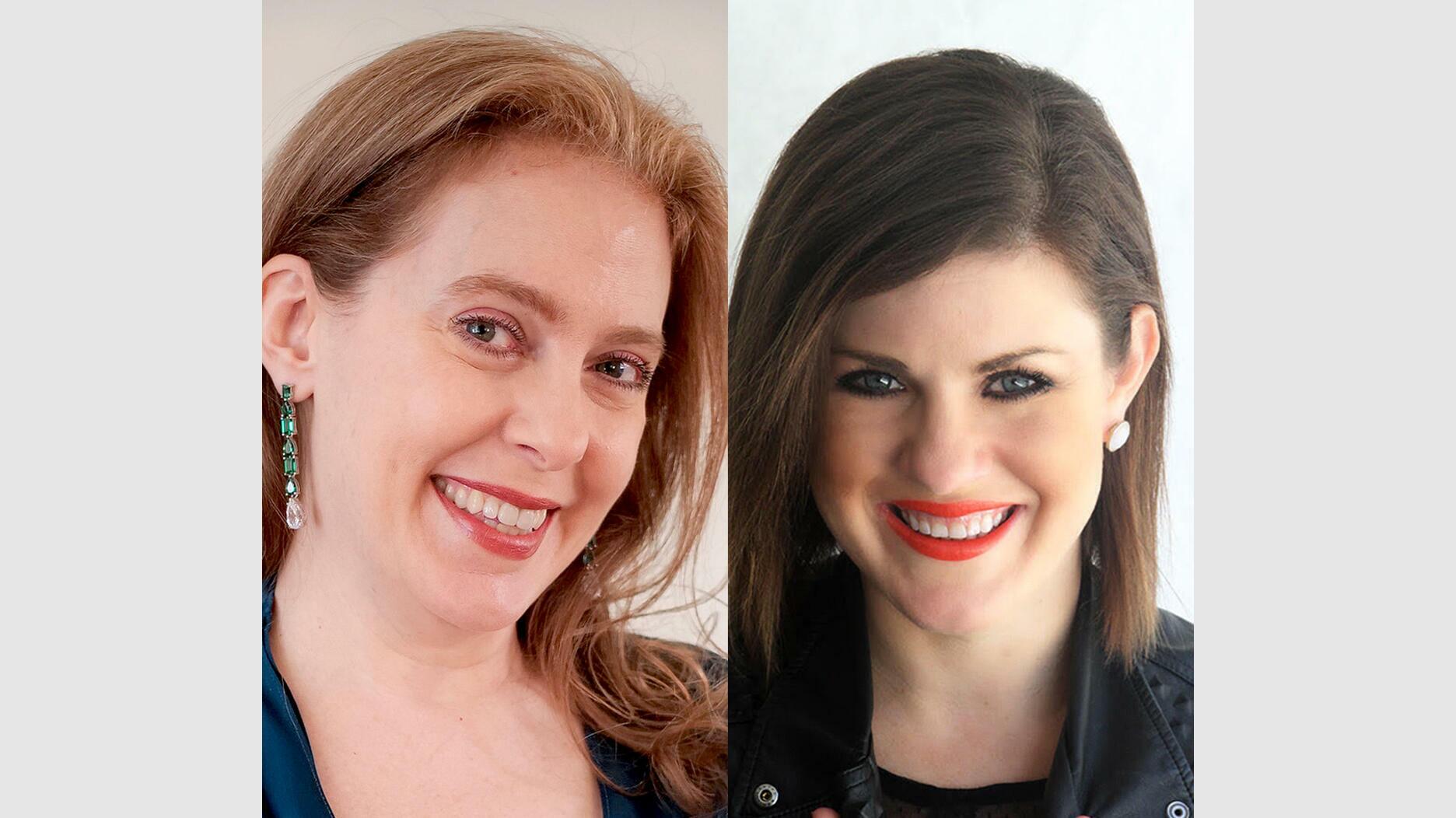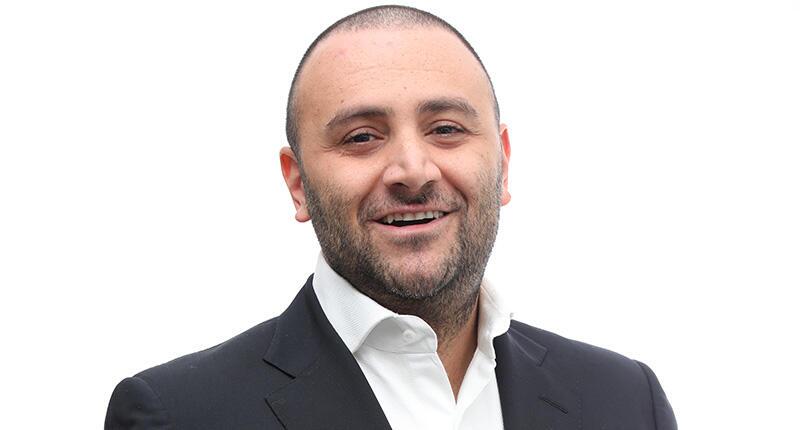Peter Smith: Nervous Flyers and Emotional Selling
Whether you’re calming the jittery gentleman in seat 13B or selling a diamond ring to a hesitant customer, an empathetic approach is best.

It’s a necessary evil, but also something I’ve long since reconciled with, and occasionally even enjoy.
It wasn’t always this way.
Growing up in Dublin, we frequently visited family members in London for, as we called it, “our holidays.”
That 45-minute flight was hell personified for me. We flew low enough that turbulence always seemed to be an unwanted companion.
I’ve long since gotten over my flying jitters, and I mostly see the airport and flights as found time to read or write.
However, not everyone who flies enjoys this same level of comfort. There are people who are terrified at the prospect of flying and who still muster the courage to sit petrified on planes for personal or professional reasons.
The nervous flyer is an interesting metaphor for the way we sometimes conduct our affairs in the jewelry business.
Tasked with consoling a nervous flyer, we might spew a litany of facts and cognitive assurances that, while true, do absolutely nothing to assuage their nervousness, or to make the flight any less traumatic.
We tell them there are 45,000 flights every day in the United States, 16 million flights a year. And of those millions of flights, only 300 or so crash.
We’d further add that most of those crashes involve smaller private planes, not commercial jets.
After suffering through our facts dump, the nervous flyer might be more inclined to take their bags and leave the airport altogether.
What happened? Didn’t the facts reassure them?
We all too often behave as if more facts, more information, and more rationalizations inspire consumer behavior.
We are quick to summon information we think is interesting without considering what matters most to our customers.
The cherry on top of our cognition overload is a disservice to both the business and to the customer.
They didn’t come into the store for a geology lesson, or to hear about great deeds like building schools and hospitals in far-off places.
Those things are admirable, but they don’t inspire buying behavior. At best, they are after-the-fact rationalizations.
Customers buy based on emotion and are fundamentally disinclined to respond to abstractions and cognitions.
Even the sainted Mother Teresa claimed she would not have acted if she saw only the needy masses; she acted when she saw one hungry child.
We shouldn’t speak in abstractions. Instead, we must engage in a human way with the person right in front of us.
Don’t tell them what you think is interesting, ask them what matters most to them.
So, take that nervous flyer, look them in the eye, and pat their hand.
Tell them it’s not unusual to be nervous and that there are many more people like them than they could possibly imagine.
Tell them things will be OK.
Don’t speak to their logical brain when their emotional brain is crying out for a little empathy and human engagement.
In “The Influential Mind: What the Brain Reveals About Our Power to Change Others,” Tali Sharot wrote, “One of the strongest ways we impact each other is via emotion. Sharing ideas usually takes time and cognitive effort. Sharing feelings, however, happens instantly and easily.”
There’s so much more I could say on this topic, but I’ve got a plane to catch.
Happy retailing!
The Latest

As part of the leadership transition, Sherry Smith will take on the role of vice president of coaching strategy and development.

It marks the third time the country has headed the Kimberley Process. Ghana will serve as vice chair.

The new Bulova x Stetson designs highlight two animals often associated with the American West—the bison and the Texas Longhorn.

How Jewelers of America’s 20 Under 40 are leading to ensure a brighter future for the jewelry industry.

Its residency at Yamron Jewelers will run through May 2026.


From influential executives to innovative designers, we pay tribute to the people we said goodbye to this year.

The retailer is expanding into areas with large Indian and South Asian populations.

Roseco’s 704-page catalog showcases new lab-grown diamonds, findings, tools & more—available in print or interactive digital editions.

The Italian brand has opened its first flagship amid the peaks of the Dolomites in Madonna di Campiglio, Italy.

The new curation at the Natural History Museum of Los Angeles County showcases rare gem and mineral specimens in their uncut, natural state.

The couple pleaded guilty to concealing at least $127 million in cash transactions at its precious metals businesses.

Consumers shared concerns about prices, inflation, tariffs, trade, and politics in the survey’s write-in response section.

In February 2026, the auction house will move its headquarters to the former Steinway Hall, a neoclassical landmark on Billionaires’ Row.

The new show will take place Jan. 23-25, 2026.

The former BHP Billiton leader and Gemfields chairman is remembered for his influential leadership throughout his 50-year mining career.

The LVMH-owned brand has partnered with the costume design union to revamp its award for 2026.

The luxury titan inked a deal to acquire an initial minority stake in the jewelry manufacturer with a pathway to full ownership by 2032.

The company’s curation of unsigned vintage and estate jewelry debuted at the Bloomingdale’s in Costa Mesa, California.

In the recent multi-shipment seizure, CBP also found counterfeit Audemars Piguet, Moncler, and Chrome Hearts items.

Helzberg’s Chief Retail Officer Mitch Maggart shared details about its tests of a new store concept rooted in an elevated luxury experience.

Jewelers of America execs and National Jeweler editors discuss tariffs, the sky-high gold price, and the engagement that broke the internet.

The luxury goods company said founder Ippolita Rostagno will remain at the brand’s helm.

Laura Burdese, who joined the Italian luxury brand in 2022, will take on the role in July.

The National Jeweler editors revisit the most noteworthy industry happenings and design trends from 2025.

Need a gift for the cat lover who has everything? Look no further than our latest Piece of the Week.

It purchased the “Grosse Pièce,” an ultra-complicated Audemars Piguet pocket watch from the ‘20s, for a record-breaking price at Sotheby’s.

The lab-grown diamond grower now offers custom engagement and fashion jewelry through its Kira Custom Lab Jewelry service.






























